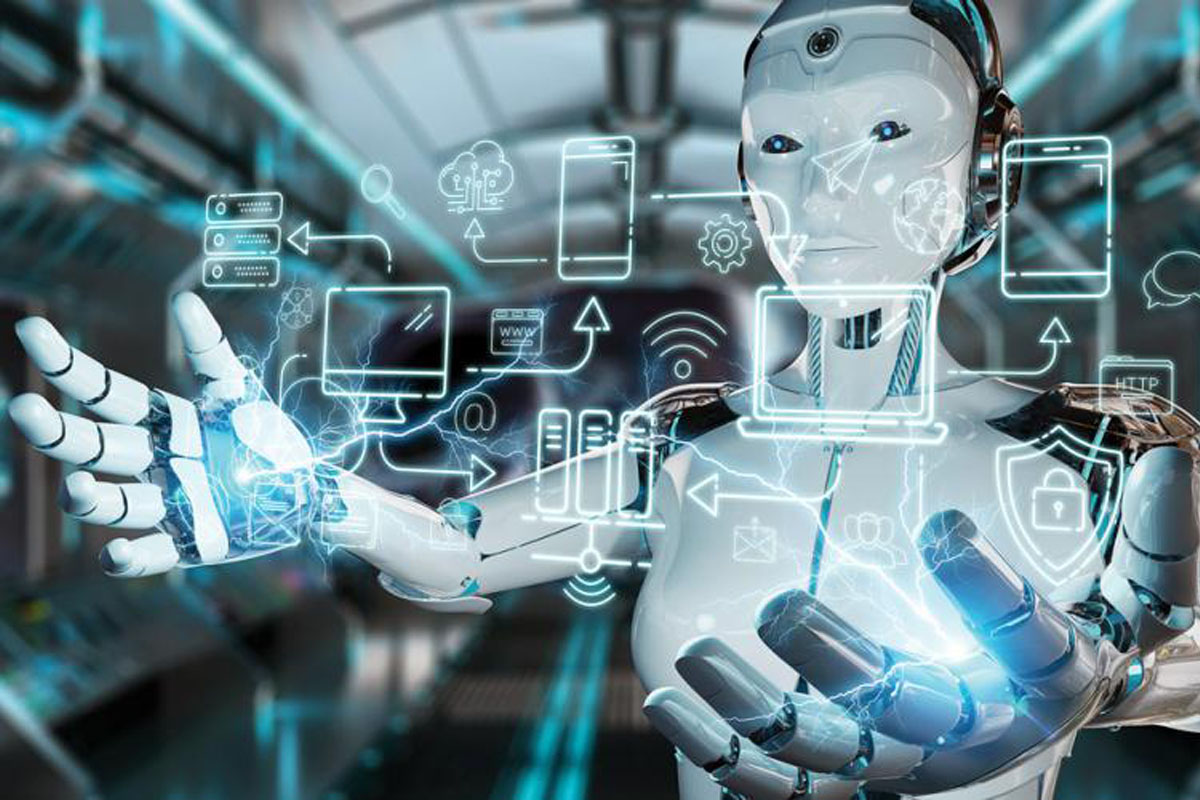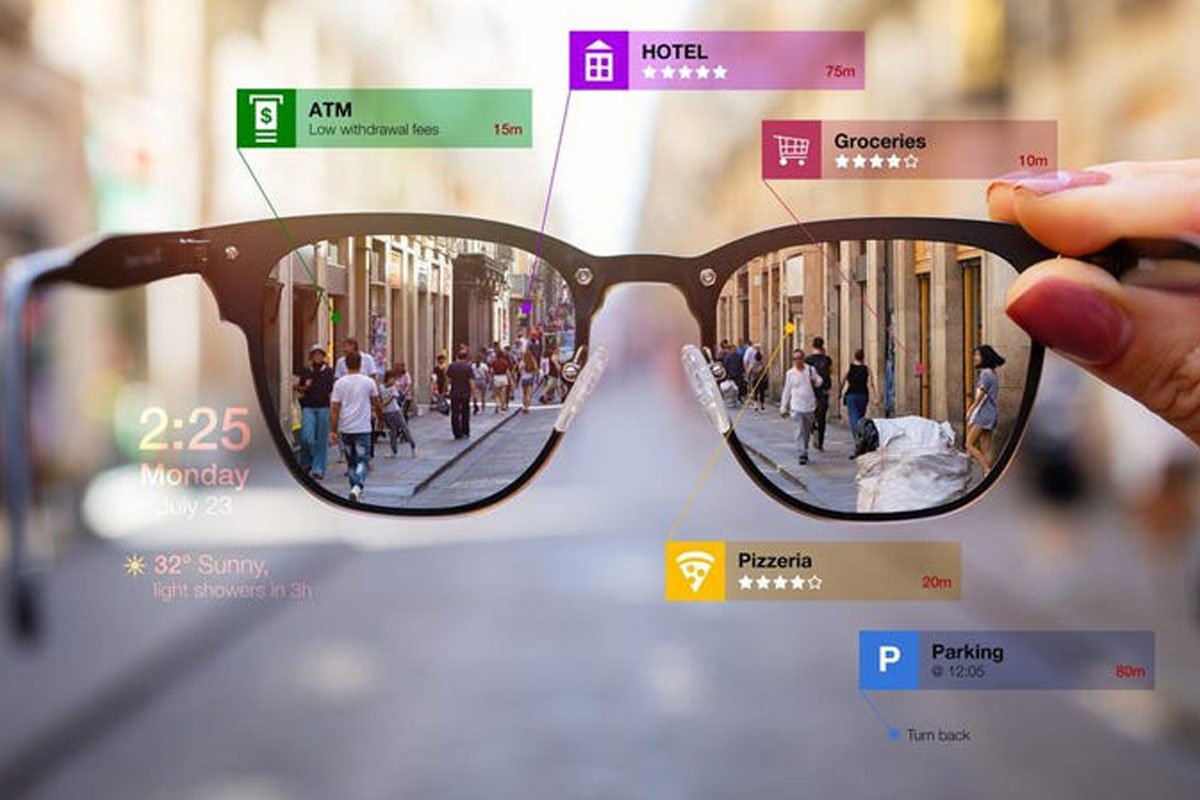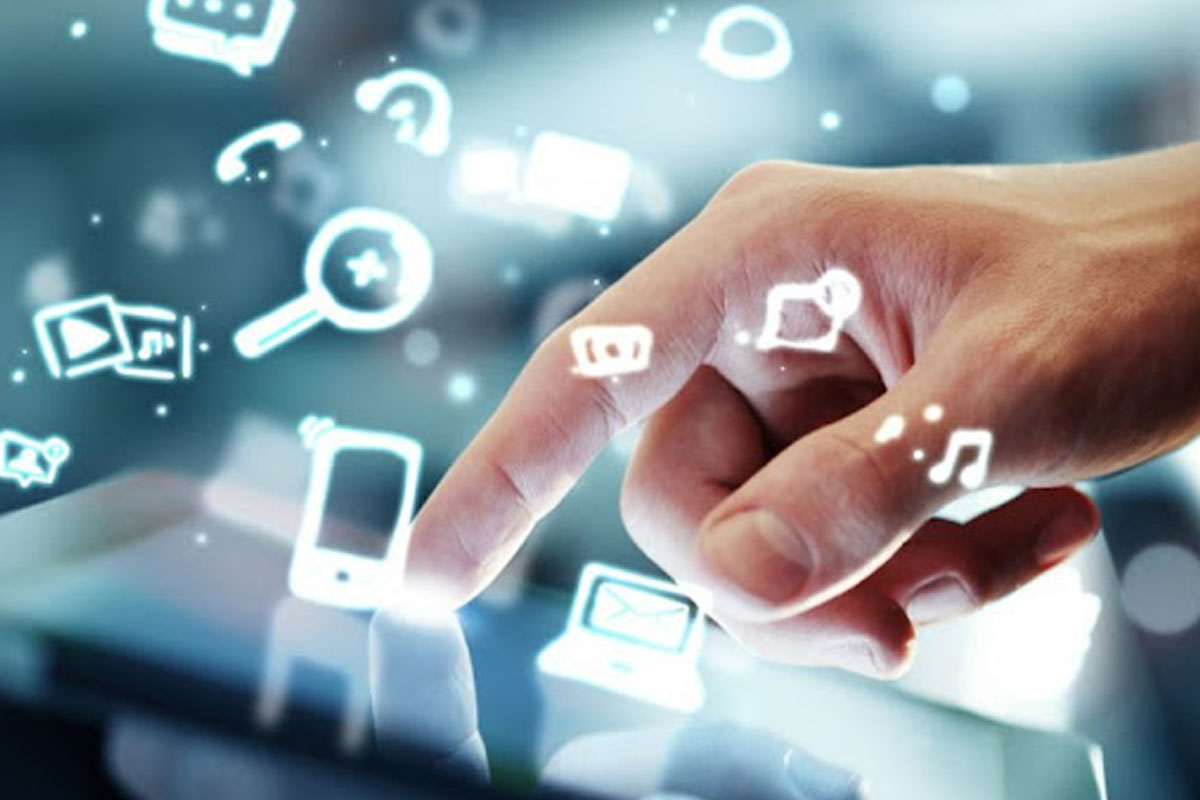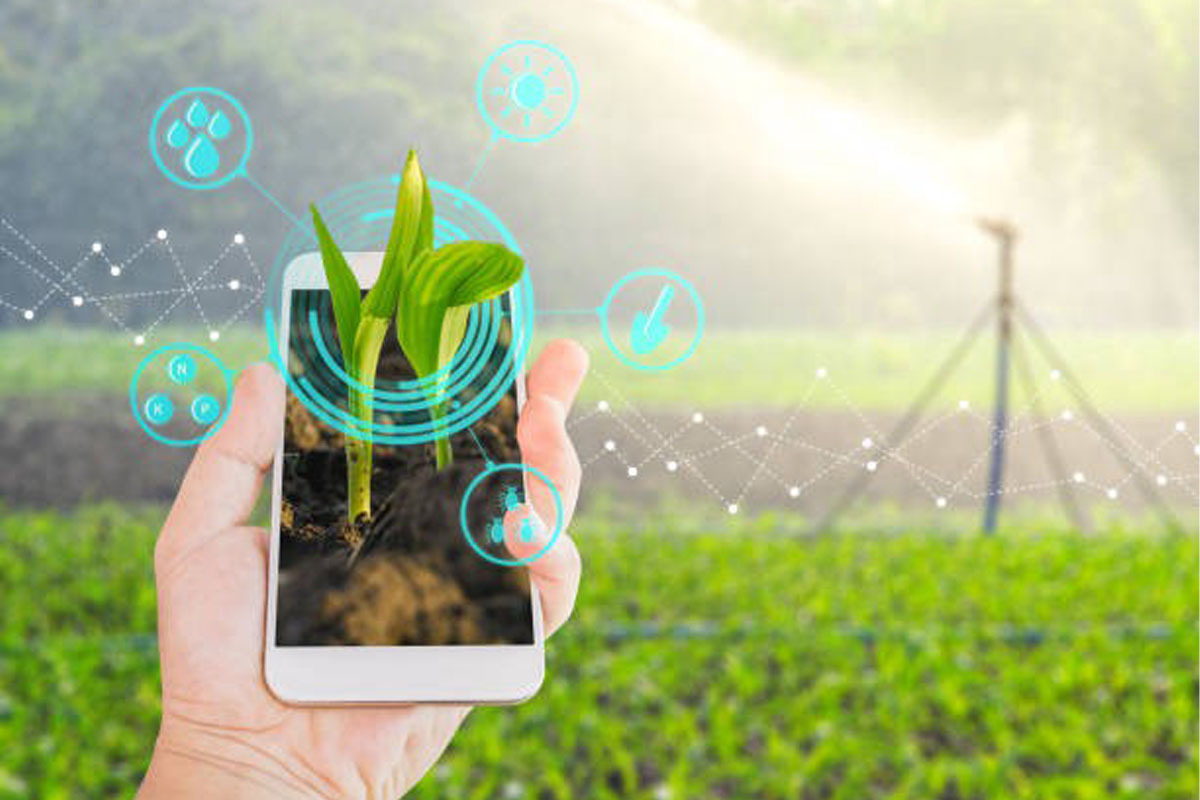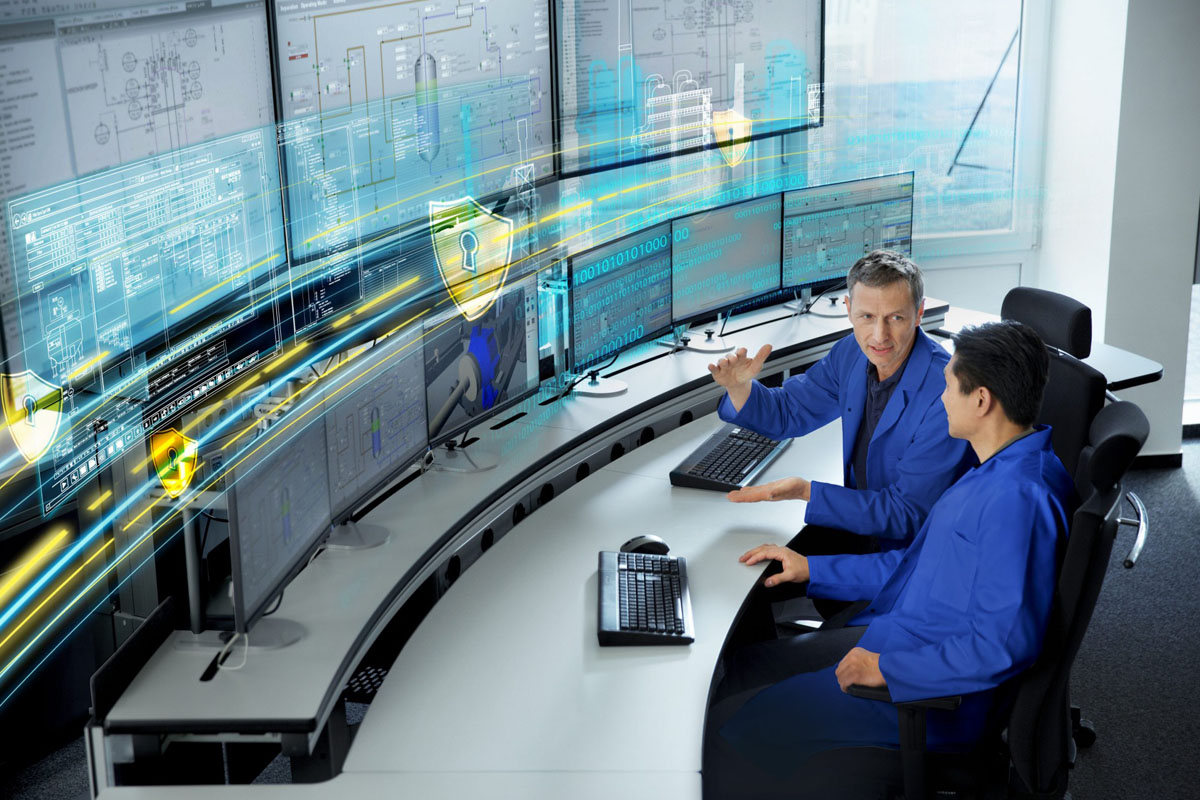The Internet of Things is really just getting started. Years from now we will be connected in ways that are difficult to imagine today. IoT applications, especially when combined with artificial intelligence and automation, will improve decision making, efficiency, convenience, wellness, and energy conservation. The integration of these technologies will also enable creative thinking and innovative applications across a wide range of industries.
The Internet of Things (IoT) is rapidly transforming how we do business and live our daily lives. Sensor technologies and real-time data acquisition and analysis can track almost any aspect of what we do. When used appropriately, IoT data gives us the ability to streamline business processes, improve efficiency, better our health and safety, automate tasks, and empower us to take a deeper look at our relationships, systems, and environments.
Below are 10 of the best examples of how IoT impacts our daily lives, at work and at home.





